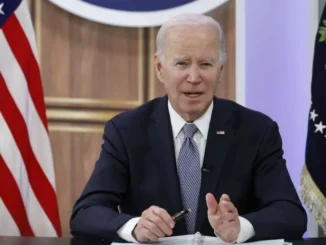
Economic change and Biden’s hostility to fossil fuels are setting up an electricity crisis
Most Americans are unaware of a grave danger looming on the horizon: a historic — and entirely self-inflicted — energy-scarcity crisis. The “transition from fossil fuels” presupposes that “clean energy” substitutes will be ready when needed. But while the war on fossil fuels is making real gains, at least in the electricity sector, the effort to deploy renewable substitutes is failing catastrophically. Add soaring demand, and America is facing the worst energy shortfall in its history.
The nation’s grid regulators are already sounding the alarm. “I am extremely concerned about the pace of retirements we are seeing of generators which are needed for reliability on our system,” Willie Phillips, a Biden appointee who chairs the Federal Energy Regulatory Commission (FERC), testified last year. According to fellow FERC commissioner Mark Christie, a Trump appointee, “The red lights are flashing.”
States in the Midwest are likely to be among the hardest hit. In a February report, Midcontinent Independent System Operator (MISO), a high-voltage transmission system that provides power to 15 states in the central U.S., warned of “urgent and complex challenges to electric system reliability,” citing a “hyper-complex risk environment.” NERC, which oversees electricity supply across North America, expects MISO to face a staggering capacity shortfall of 4.7 gigawatts (GW) — equivalent to above five average-size nuclear-power plants — by 2028.
Realistically, the only way that America could make up the shortfall in electrical capacity would be through a massive increase in the number of coal and natural-gas power plants. Alas, those are primary targets of the Environmental Protection Agency’s new power-plant rule, published in May.










